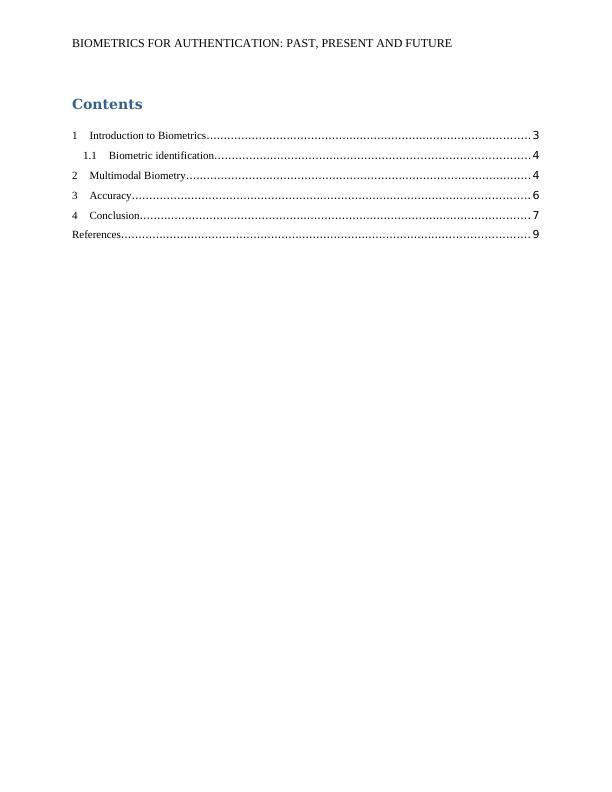Biometrics for Authentication: Assignment
Added on 2020-03-28
10 Pages2172 Words41 Views
End of preview
Want to access all the pages? Upload your documents or become a member.
Biometric for Authentication
|7
|3210
|268
(Solved) Biometric Technology: PDF
|4
|767
|21
Biometric Authentication: System Security & Privacy
|6
|3012
|32
Biometric Authentication: Technologies, Applications, and Recommendations
|12
|2659
|322
Security Assignment: Fingerprinting vs Face Recognition
|27
|7463
|220
BIOMETRIC VERIFICATION.
|3
|450
|34



